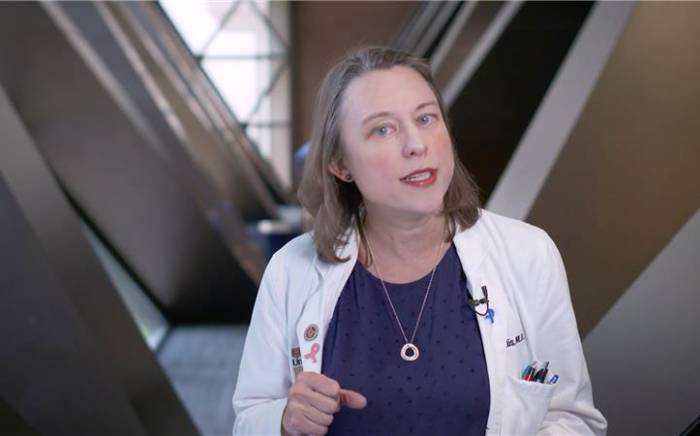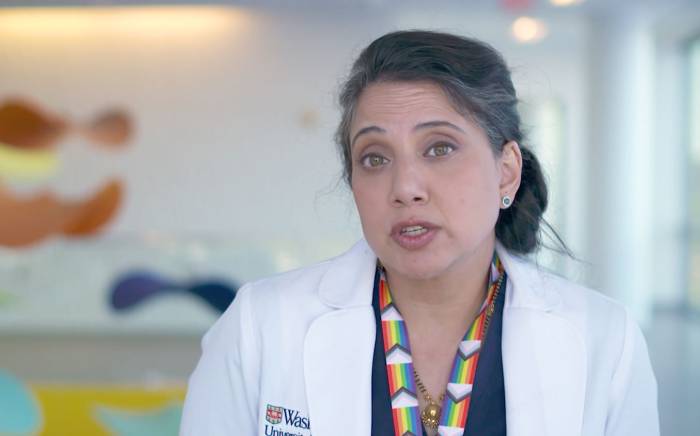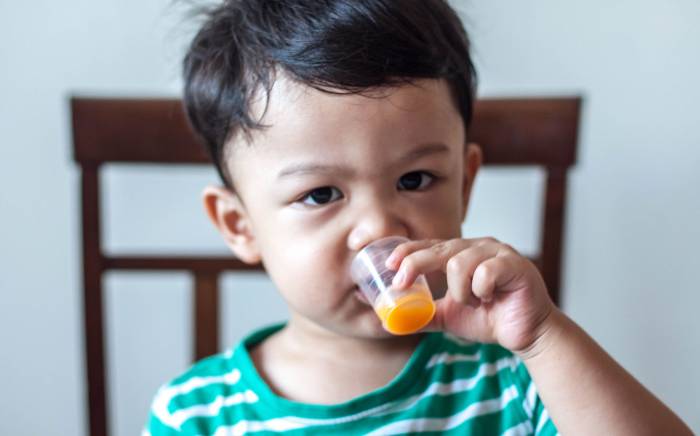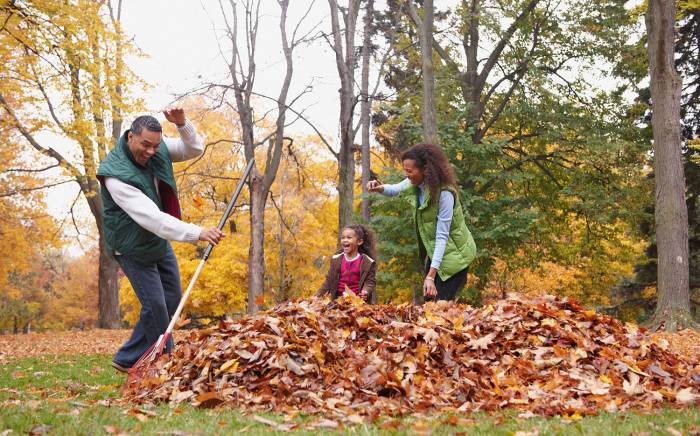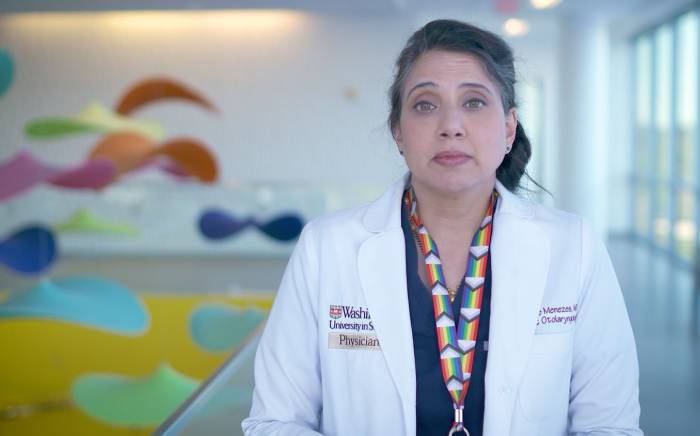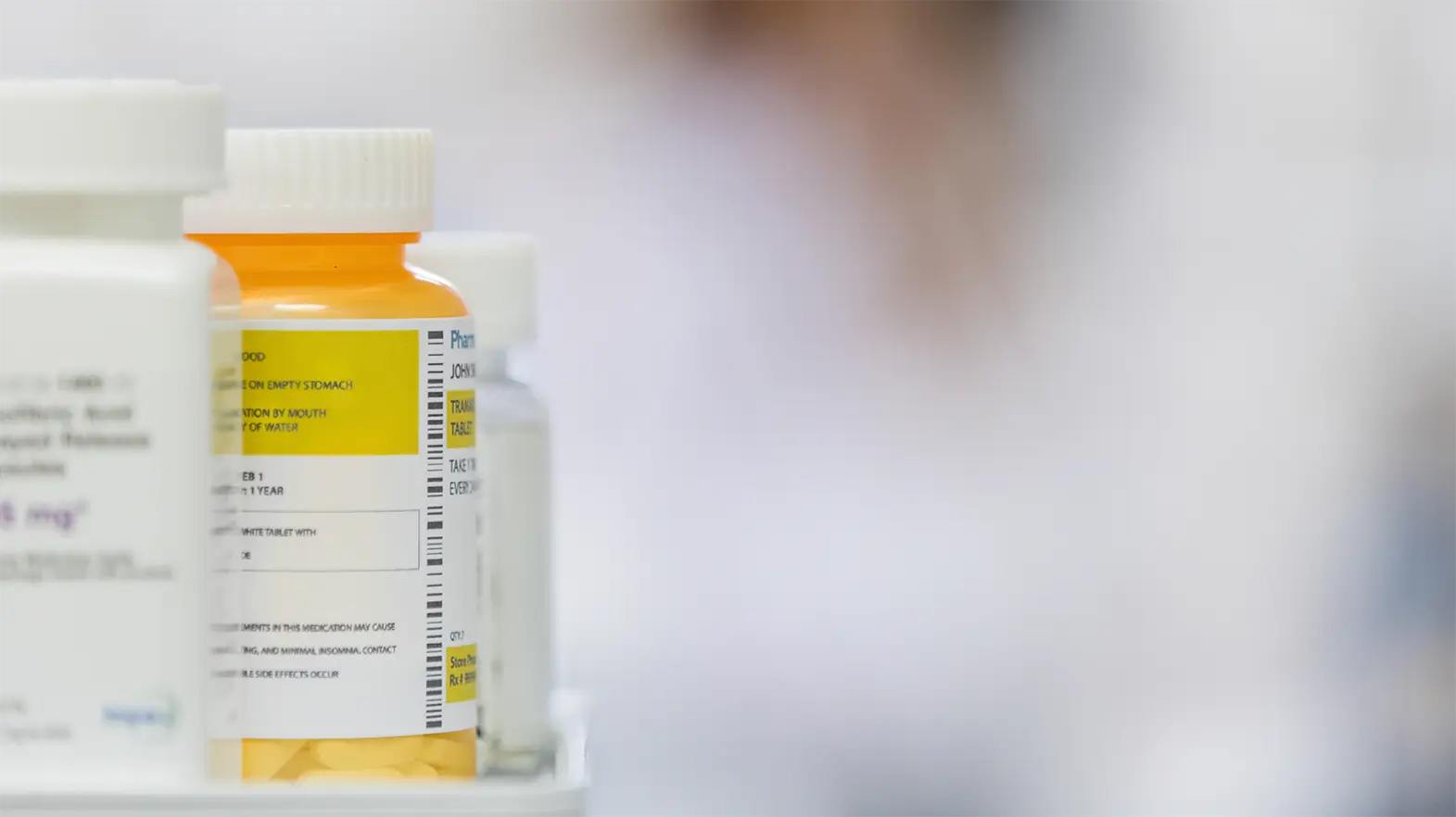
Lindsay Clukies, MD, a Washington University emergency medicine physician at St. Louis Children's Hospital, has worked in the emergency department for a decade. In that time, she can’t remember seeing so many children in the ED after being exposed to or ingesting fentanyl. “In the past few months, we’re seeing a significant increase, particularly in children who are coming in and passing away,” Clukies says.
According to data from the Missouri Child Fatality Review Program, poisoning deaths in children have increased over the past three years, from an average of 11 poisoning deaths per year to 62 deaths in 2022. Although car accidents and gun-related injuries still kill more children each year, drug overdoses and poisonings increased by more than 500% in 2022.
Fentanyl is an opioid that is prescribed as a pain reliever, but when a child accidentally ingests it (in its pill, powder or lozenge form) or is exposed to it (in its patch form), it slows and can eventually stop their breathing. The smallest adult dose is enough to kill a child.
Even if you have not been prescribed fentanyl and don’t keep it in your home, it’s still important to educate yourself on how to prevent accidental exposure, signs of fentanyl exposure and what to do in case of an emergency should your child come into contact with it outside your house.
Read on to learn about ways to decrease your child’s risk of exposure to fentanyl, as well as other opioids and substances that can hurt them if ingested.
First, make sure that any medications you keep in the home are locked away. A locked box, as opposed to simply storing medications out of reach, is crucial to protecting older children, who may impulsively take medications as a form of self-harm, cases of which Clukies sees in the ED.
Second, if you keep fentanyl in your home, consider also keeping NARCAN® on hand. NARCAN® is a brand of naloxone, a medication that works quickly to reverse opioid overdose, including in children, in the form of a nasal spray. NoMoDeaths is a resource that can help you find or order NARCAN® for free in Missouri. For a map of naloxone distribution locations in Illinois, visit the state department of health’s website here.
Know that if your child is accidentally exposed to fentanyl, you should immediately administer NARCAN® and call 911. Naloxone does not cause significant adverse effects in children who have not ingested opioids.
Finally, if your child is going to a family member or friend’s house for a playdate, you need to be aware of what medications and supplements are in the home and how they’re stored. Medications need to be added to your playdate safety checklist. This includes marijuana edibles and gummies because consuming products with THC can also harm children, and the products could be laced with fentanyl. These can be uncomfortable conversations to have, but Clukies says that a neutral and nonjudgmental tone can go a long way in preventing unintentional exposures, and it will give you peace of mind.
Here are some other facts to note about fentanyl and children.
What is fentanyl?
Fentanyl is a synthetic opioid drug prescribed as a pain reliever in shot, pill, powder, lozenge or patch form. It is more potent than morphine, and even the smallest adult dosage is enough to kill a child. Prescription fentanyl is known as Actiq®, Duragesic® and Sublimaze®. Other opioids prescribed as pain relievers that can harm children include OxyContin® and Percocet® (oxycodone), Vicodin® (hydrocodone), Kadian® and Avinza® (morphine) and codeine.
What will happen to a child who takes fentanyl?
A child who has taken fentanyl might present with the following symptoms:
- Drowsiness
- Loss of consciousness
- Confusion
- Difficulty breathing
- Small pupils
Children die from fentanyl because the drug slows and eventually stops their breathing.
What should you do if your child ingests fentanyl?
Clukies says that if there is any concern about exposure — even if your child is not showing symptoms — you should administer NARCAN® and call 911. "Symptoms develop so quickly, and it takes such a small dose in kids to cause significant issues and respiratory failure, so if there’s any concern based on history or the people your child was around, I would immediately call 911,” Clukies says.
What are the best options for disposing of old fentanyl prescriptions?
Used fentanyl patches can be folded in half and flushed down the toilet.
The best option for everything else, including unused fentanyl patches, is to bring the items to a drug takeback location and simply place them in the takeback box. You can find a collection site near you by using the FDA’s website. Additionally, you can find takeback boxes at:
- The second-floor lobby at St. Louis Children’s Hospital
- The Family Care Pharmacy at Barnes-Jewish Hospital
Drugs placed in these boxes are destroyed in a way that protects the community and environment.
The Children’s pharmacy also distributes a product called DisposeRx®, which, when mixed with pills and water, solidifies and deactivates the medication. You can then throw away the drug in your household trash.
What happens when your child eats marijuana or edibles with THC?
Clukies and the St. Louis Children’s Hospital ED are also seeing a major increase in edible ingestions in kids. “These are sometimes prescribed to people, and they can come in forms that are really appealing to kids, such as sour gummies and brownies,” Clukies says. “Just like anything else, children are getting into them.” It’s rare for a child to die after eating something that contains THC, the psychoactive compound found in cannabis, but children will present with drowsiness, altered mental state and changes in heart rate. Sometimes these symptoms do not appear right away; however, if your child ingests something that contains THC, call 911 immediately.
If your child accidentally ingests fentanyl, administer NARCAN® and call 911.




